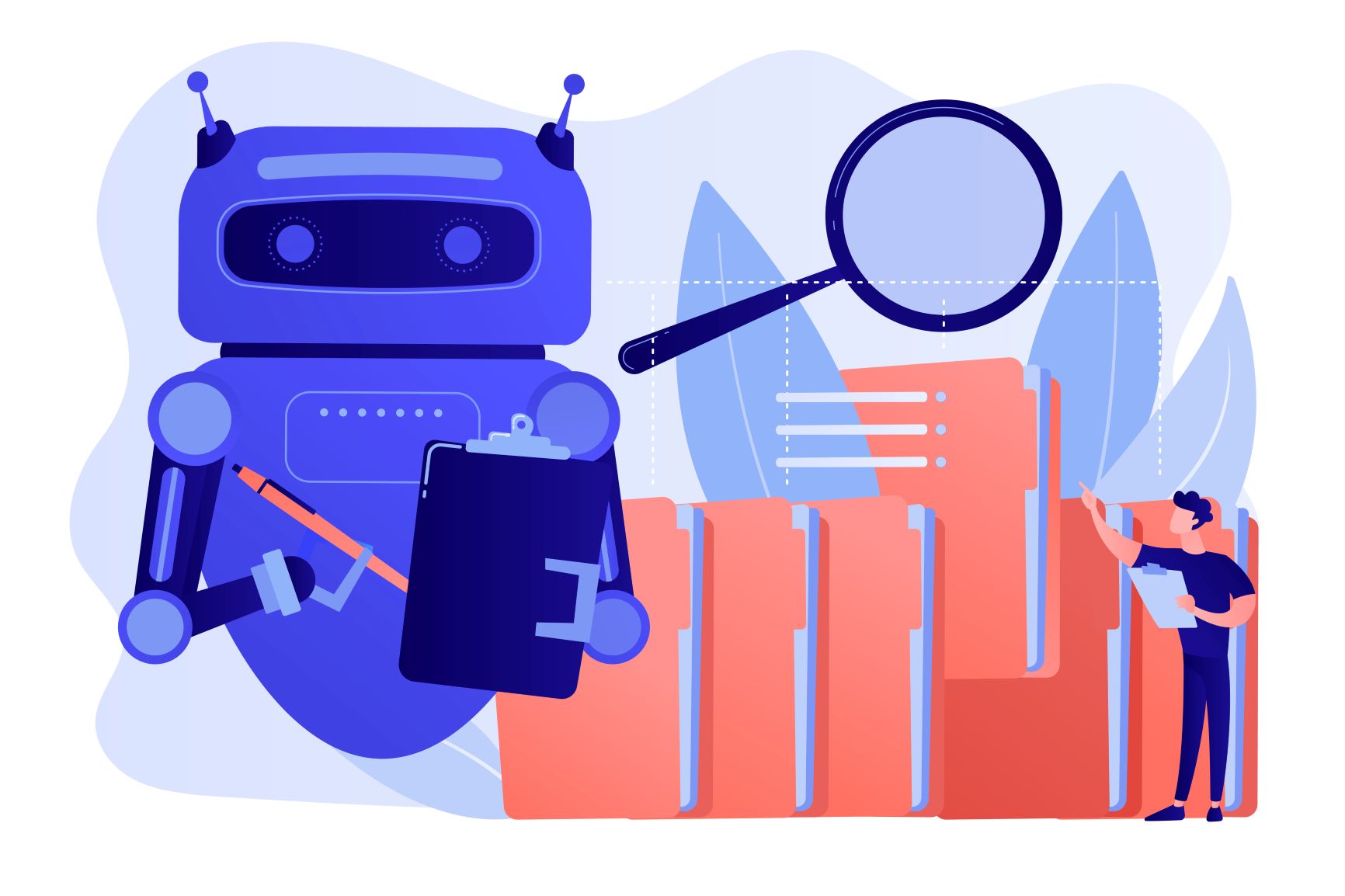Neural Network Basics in Python
Explore Neural Network Basics in Python: Ignite Deep Learning with Tensorflow, Keras, MLP, Backpropagation, Batch Normalization, and Stock Price Prediction. Join the free course now!

Ratings
Level
Learning hours
Learners
Skills you’ll Learn
About this course
Uncover the fundamentals of neural networks and deep learning, guided by expert instruction. Explore essential concepts like Tensorflow and Keras, delve into the architecture of Multilayer Perceptrons, understand Back Propagation, and harness the power of Batch Normalization. The course culminates in a practical application—Stock Price Prediction using Deep Learning. Gain hands-on experience, enhance your Python skills, and unlock the secrets of neural networks. Elevate your understanding of the digital frontier and enroll today for an enriching educational experience.
Ready to enhance your skills further? Next, explore our Postgraduate Program in Artificial Intelligence and Machine Learning.
Course Outline
Gain foundational knowledge in neural networks and deep learning, understanding the basics of artificial neural networks and their application in solving complex problems.
Explore the powerful tools of TensorFlow and Keras for building and training neural networks. This course provides a hands-on introduction to these frameworks, essential for deep learning development.
Dive deeper into neural network architecture by studying the multilayer perceptron (MLP). Understand how this fundamental structure contributes to the learning capabilities of neural networks.
Delve into the backpropagation algorithm, a key component in training neural networks. Learn how this optimization technique adjusts weights to minimize errors and enhance the model's predictive accuracy.
Explore the benefits of batch normalization in neural networks. This course covers the normalization technique applied to mini-batches, improving the training process and stability of deep learning models.
What our learners enjoyed the most
Skill & tools
69% of learners found all the desired skills & tools
Ratings & Reviews of this Course
Frequently Asked Questions
Will I receive a certificate upon completing this free course?
What prerequisites are required to enrol in this Free Neural Network Basics in Python course?
You do not need any prior knowledge to enrol in this Neural Network Basics in Python course.
How long does it take to complete this Free Neural Network Basics course?
It is a 13 hour long course, but it is self-paced. Once you enrol, you can take your own time to complete the course.
Will I have lifetime access to the free course?
Yes, once you enrol in the course, you will have lifetime access to any of the Great Learning Academy’s free courses. You can log in and learn whenever you want to.
Will I get a certificate after completing this Free Neural Networks course?
Yes, you will get a certificate of completion after completing all the modules and cracking the assessment.
Popular Upskilling Programs
Other Data Science tutorials for you
Neural Network Basics in Python
Neural networks form the backbone of modern machine learning, enabling computers to learn from data and make intelligent decisions. These artificial intelligence models are inspired by the structure and functioning of the human brain, comprising interconnected nodes that mimic neurons. In Python, a versatile and widely-used programming language, neural networks can be implemented using various libraries, such as TensorFlow or PyTorch.
At its core, a neural network consists of layers of nodes, commonly known as neurons or artificial neurons. These layers can be broadly categorized into three types: input layer, hidden layers, and output layer. The input layer receives the initial data, which is then processed through the hidden layers, and finally, the output layer produces the desired result.
Each connection between nodes in different layers has an associated weight. During training, the neural network adjusts these weights based on the provided data and the desired output. This process involves forward and backward passes, where the input data is fed forward to make predictions, and then errors are calculated and propagated backward to adjust the weights.
Activation functions play a crucial role in introducing non-linearity into the network. Without activation functions, the neural network would be reduced to a linear model, limiting its capacity to learn complex patterns. Popular activation functions include sigmoid, tanh, and rectified linear unit (ReLU), each serving different purposes in enhancing the model's performance.
Training a neural network involves feeding it with labeled data and optimizing the weights to minimize the difference between predicted and actual outputs. This optimization is achieved through iterative processes like gradient descent, where the network adjusts its parameters in the direction that minimizes the error. The learning rate determines the step size in this optimization process, influencing the convergence speed and stability of the model.
One of the key challenges in neural network training is overfitting, where the model performs well on the training data but fails to generalize to new, unseen data. Techniques such as regularization, dropout, and cross-validation are employed to mitigate overfitting, ensuring that the neural network can make accurate predictions on diverse datasets.
Python provides a rich ecosystem of libraries for implementing neural networks. TensorFlow and PyTorch are two prominent choices, each offering high-level abstractions that simplify the process of building and training neural networks. These libraries also provide pre-built layers, optimizers, and loss functions, enabling users to focus on model design and experimentation rather than low-level implementation details.
Neural networks find applications across various domains, including image and speech recognition, natural language processing, and autonomous systems. Convolutional Neural Networks (CNNs) excel in image-related tasks, Recurrent Neural Networks (RNNs) are adept at handling sequential data, and Transformers have proven highly effective in natural language processing tasks.
In conclusion, neural networks in Python provide a powerful framework for machine learning applications. Understanding the basics, including the structure of layers, activation functions, and the training process, is essential for designing effective models. Python's versatile libraries, such as TensorFlow and PyTorch, simplify the implementation of neural networks, making them accessible to a broad audience of developers and researchers. As the field of artificial intelligence continues to advance, neural networks remain a cornerstone technology, driving innovations and breakthroughs in various industries.
































